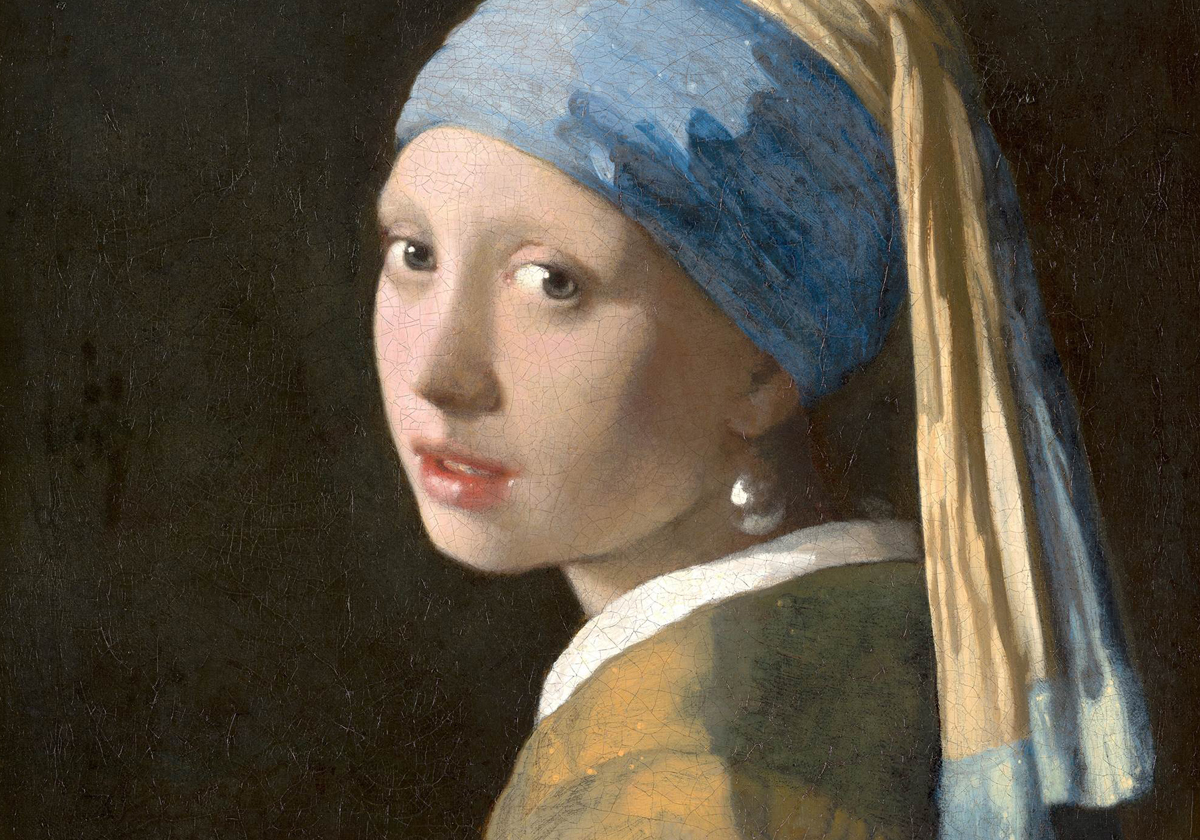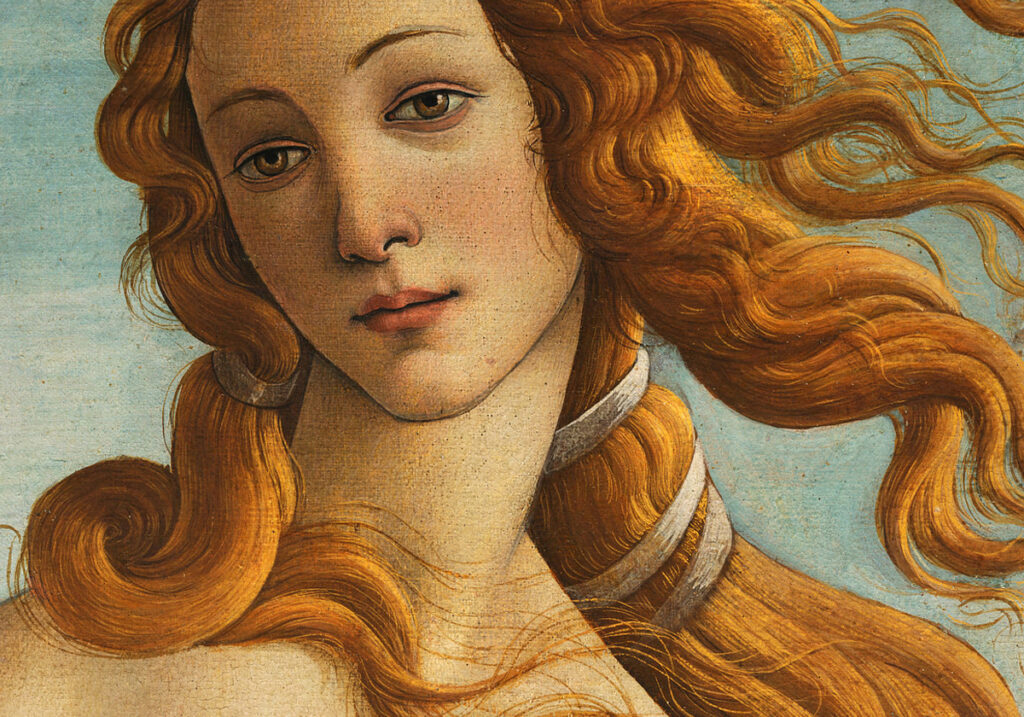Greetings to all art and history enthusiasts! Today, we’re embarking on a fascinating exploration of how the smile has been depicted in art and photography over the centuries, and how these portrayals reflect changing attitudes towards dental aesthetics and beauty standards.
The Enigmatic Smiles of the Ancient World
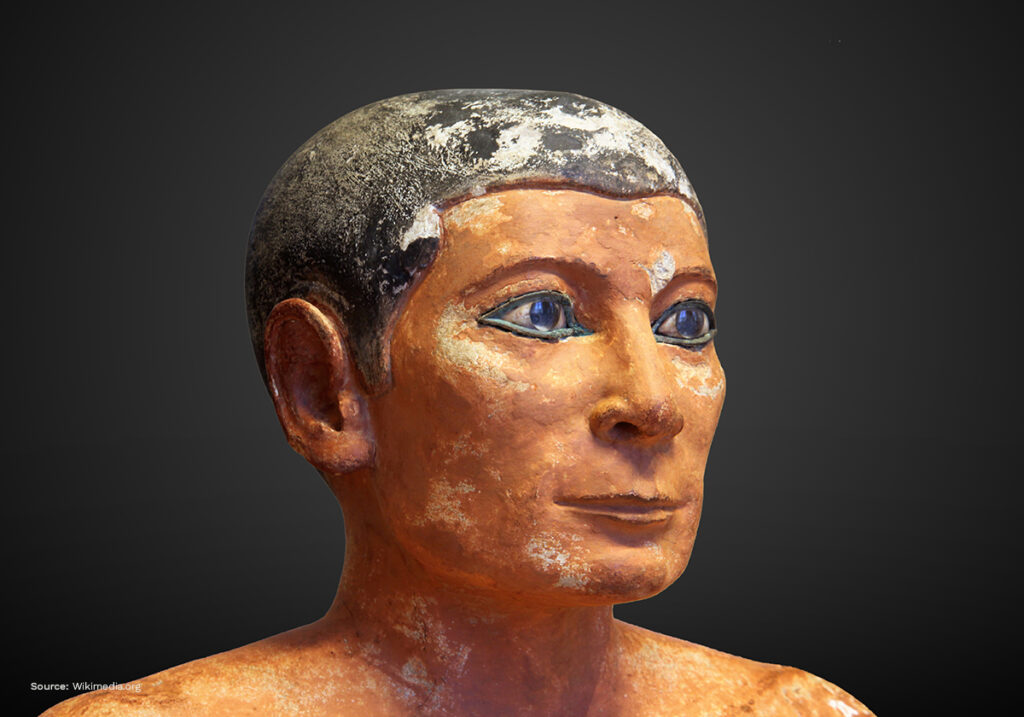
Our journey begins in the ancient world- Ancient Egyptian art rarely depicted smiles. Statues and paintings often showed a formal and composed facial expression. A notable exception is the “Seated Scribe,” which portrays a more naturalistic and relaxed expression, albeit with a reserved smile.
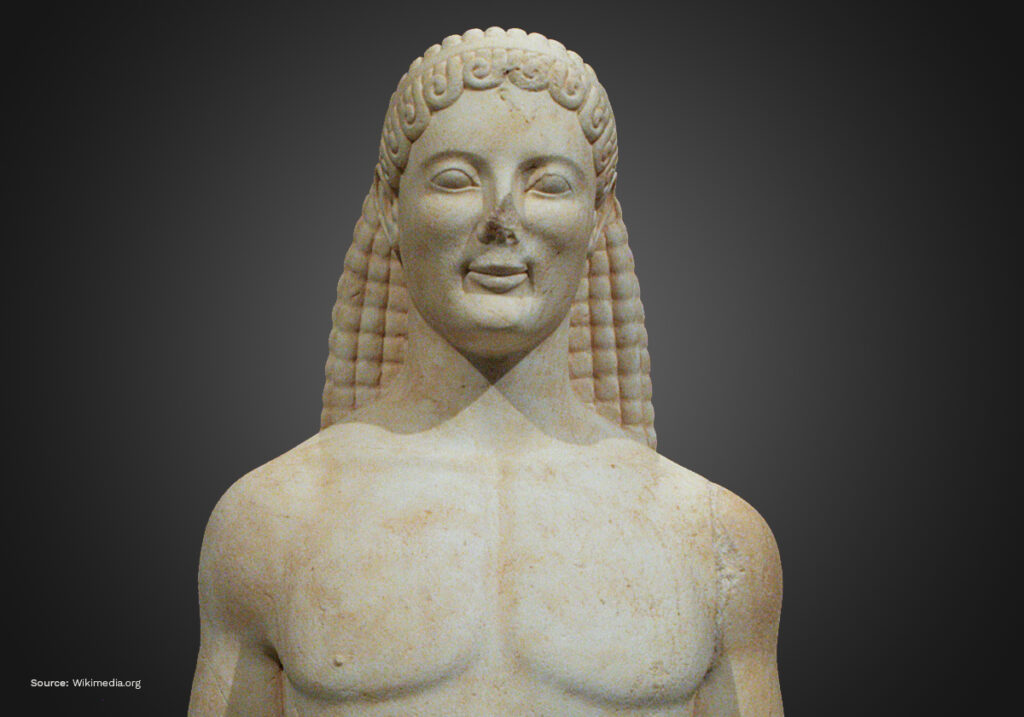
In ancient Greece, smiles in art were a rarity as well. One of the earliest examples of actual “smirk” is the Archaic Greek sculpture known as the “Kouros,” dating back to 600 BCE, where figures were depicted with a mysterious, enigmatic smile, known as the “Archaic smile.” This subtle expression was not so much about emotion but more a way to enliven the statue.
The Mona Lisa:
A Smile That Captivated the World
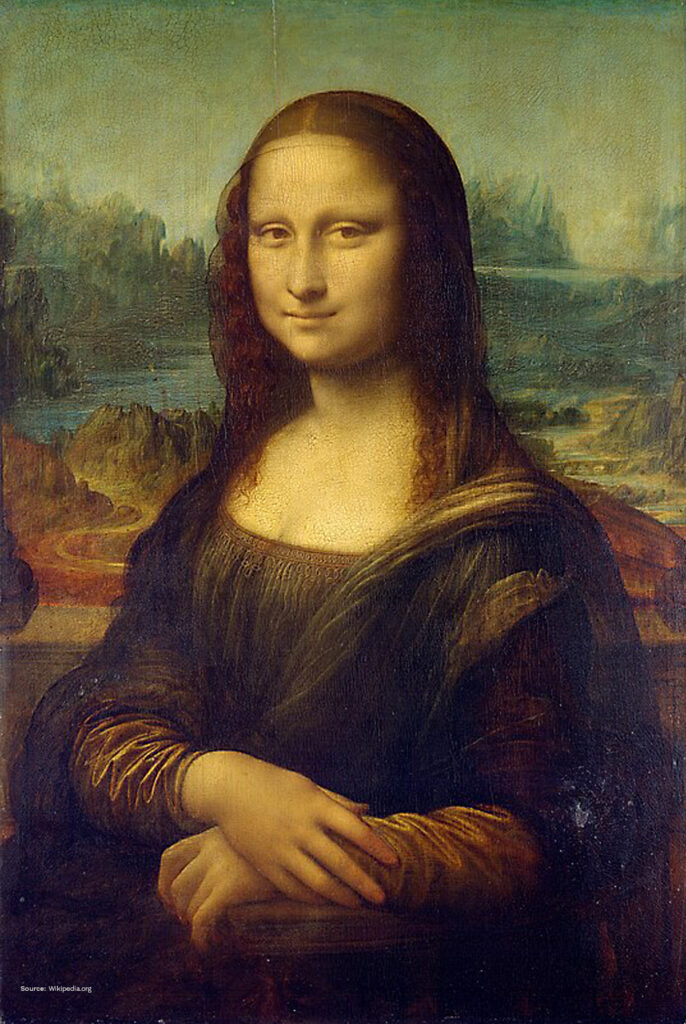
Fast forward to the Renaissance, and we encounter perhaps the most famous smile in art history – Leonardo da Vinci’s “Mona Lisa.” Painted in the early 16th century, the Mona Lisa’s smile is famously enigmatic, captivating viewers with its ambiguity. This subtle smile reflects the Renaissance era’s appreciation for subtlety and expression in portraiture.
The understated smile of the Mona Lisa also aligns with the dental aesthetics of the time, where overt displays of teeth were often considered unseemly. (I think it was just hard to paint teeth, if you ask me:)
Leonardo’s “St. John the Baptist” also features a subtle smile, illustrating the era’s fascination with nuanced expressions.
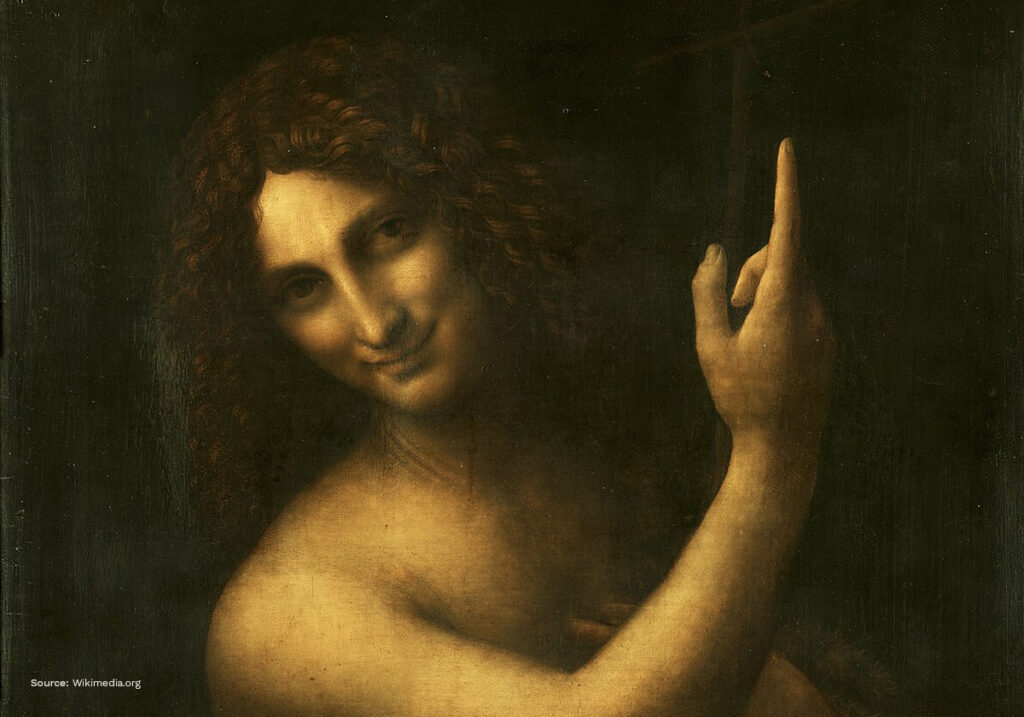
Sandro Botticelli: His famous work “The Birth of Venus” shows Venus with a demure and restrained smile, typical of the period’s ideals of modesty and grace.
The 18th Century: A Time of Dental Consciousness
The 18th century brought a heightened awareness of dental health, reflected in the art of the period. With the advent of sugar in the European diet, tooth decay became a significant issue. (I would add lack of Fluoride, as well). This is evident in portraits of the time, where subjects often have tight-lipped smiles, possibly to conceal decayed or missing teeth. An example is the portrait of George Washington, who, despite popular myth, never had wooden teeth but did suffer from dental problems.
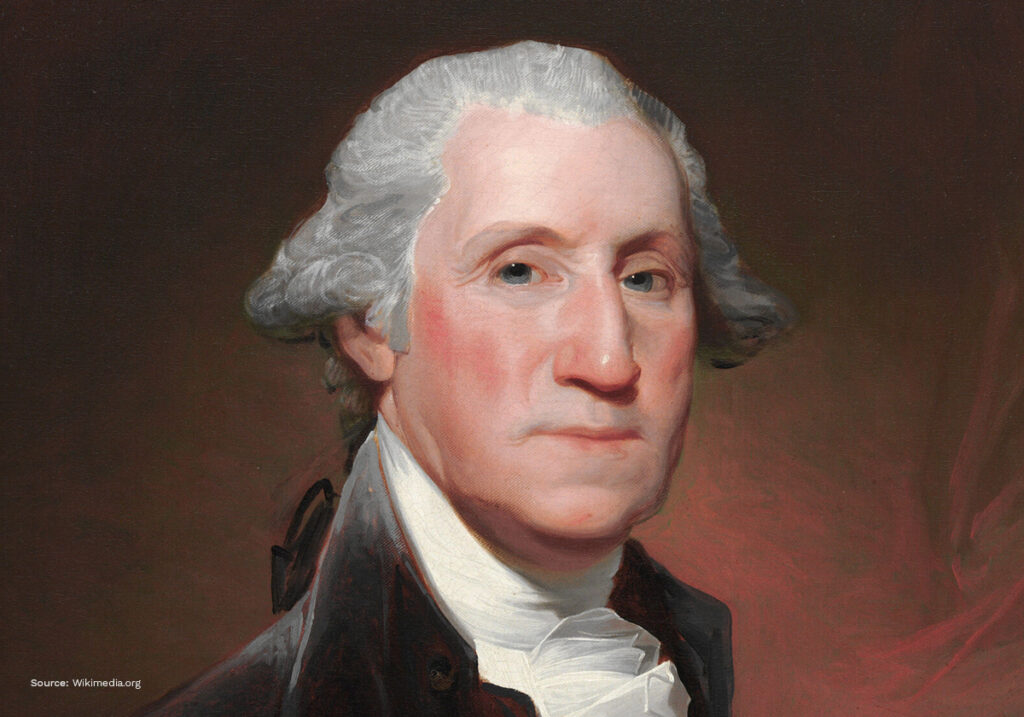
The Dawn of Photography and the Victorian Era
With the invention of photography in the 19th century, we see another shift. Early photographs, especially during the Victorian era, rarely feature smiling subjects. This was partly due to the long exposure times required for early cameras, making it difficult to hold a smile, and partly due to cultural norms that favored solemnity in portraiture.
Julia Margaret Cameron: A renowned photographer of the Victorian era, Cameron’s portraits, such as “The Echo,” often feature subjects with serious, contemplative expressions, in line with the era’s photographic practices.
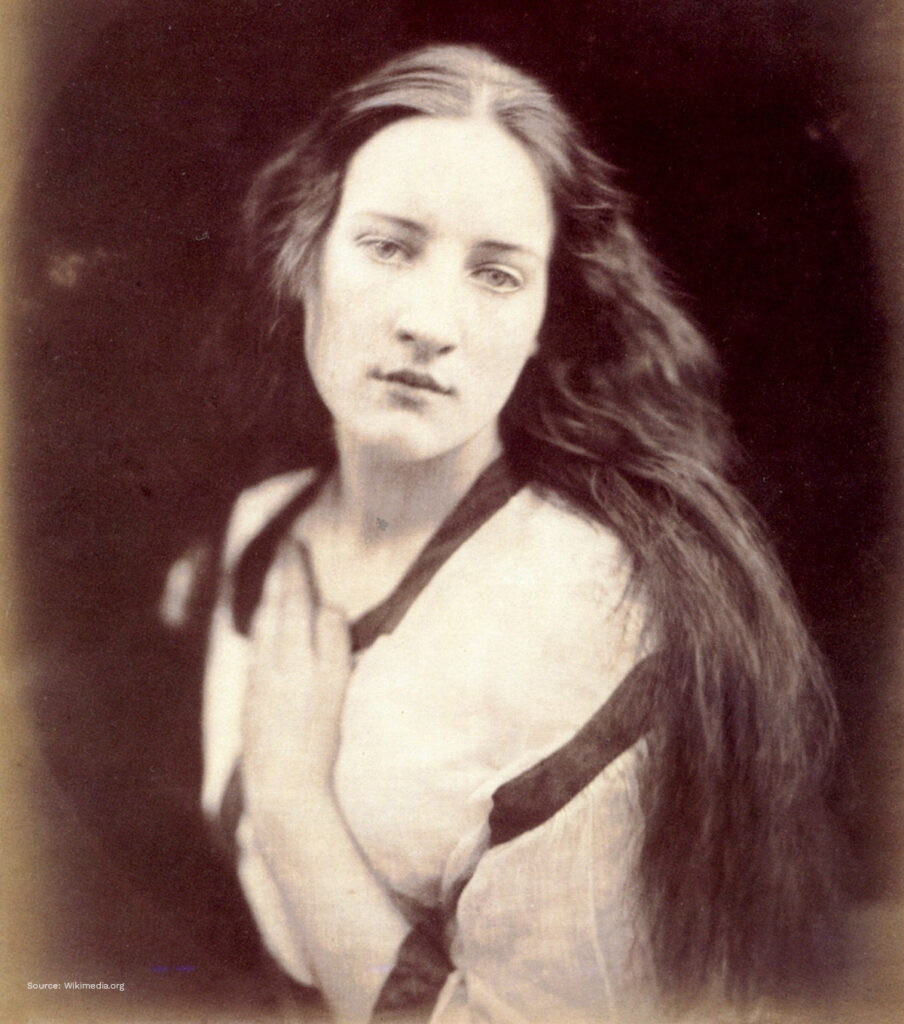
Matthew Brady: Known for his Civil War photography, Brady’s portraits, like that of Abraham Lincoln, typically show subjects without smiles, reflecting both the limitations of early photography and the cultural norms of the time.
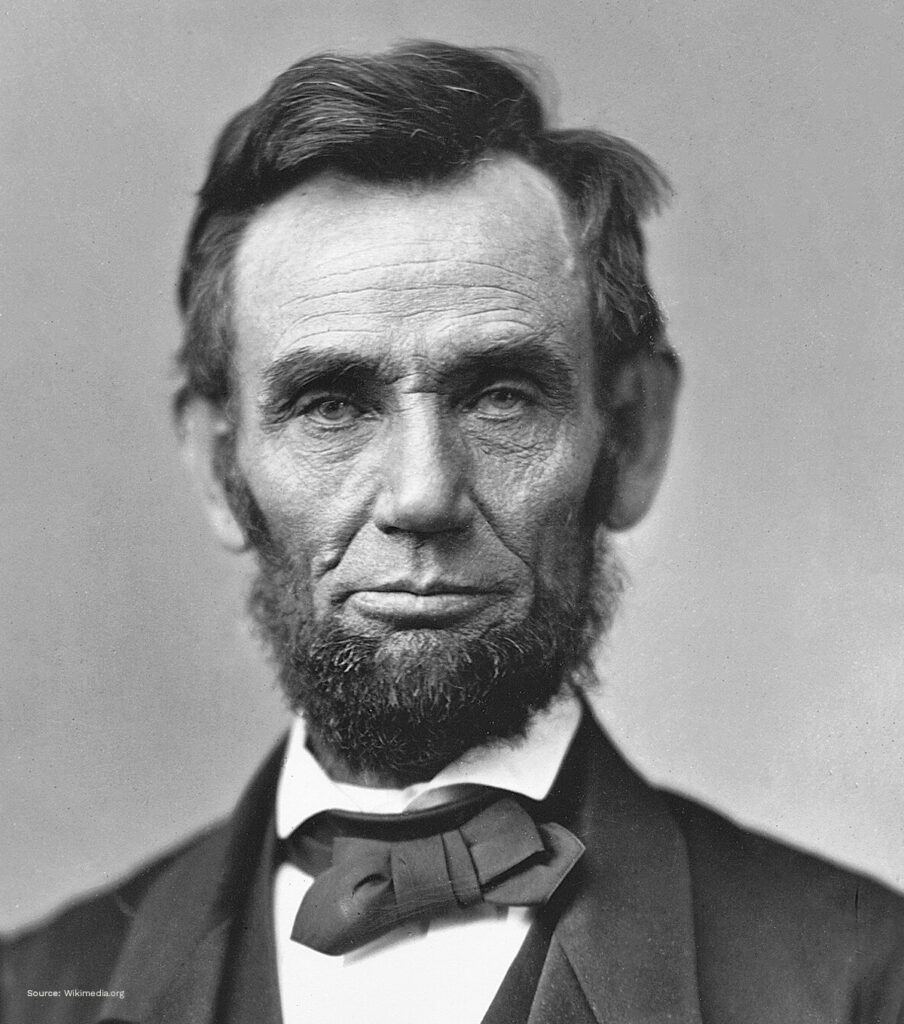
The 20th Century and Beyond: Smiles for Everyone
In the 20th century, as dental care improved and became more accessible, smiles in art and photography became more common and genuine. The Hollywood era ushered in an era of dazzling white, perfect smiles, influencing global beauty standards. This can be seen in the glamorous portraits of movie stars like Marilyn Monroe, whose bright, confident smile became an iconic symbol of beauty and charm.
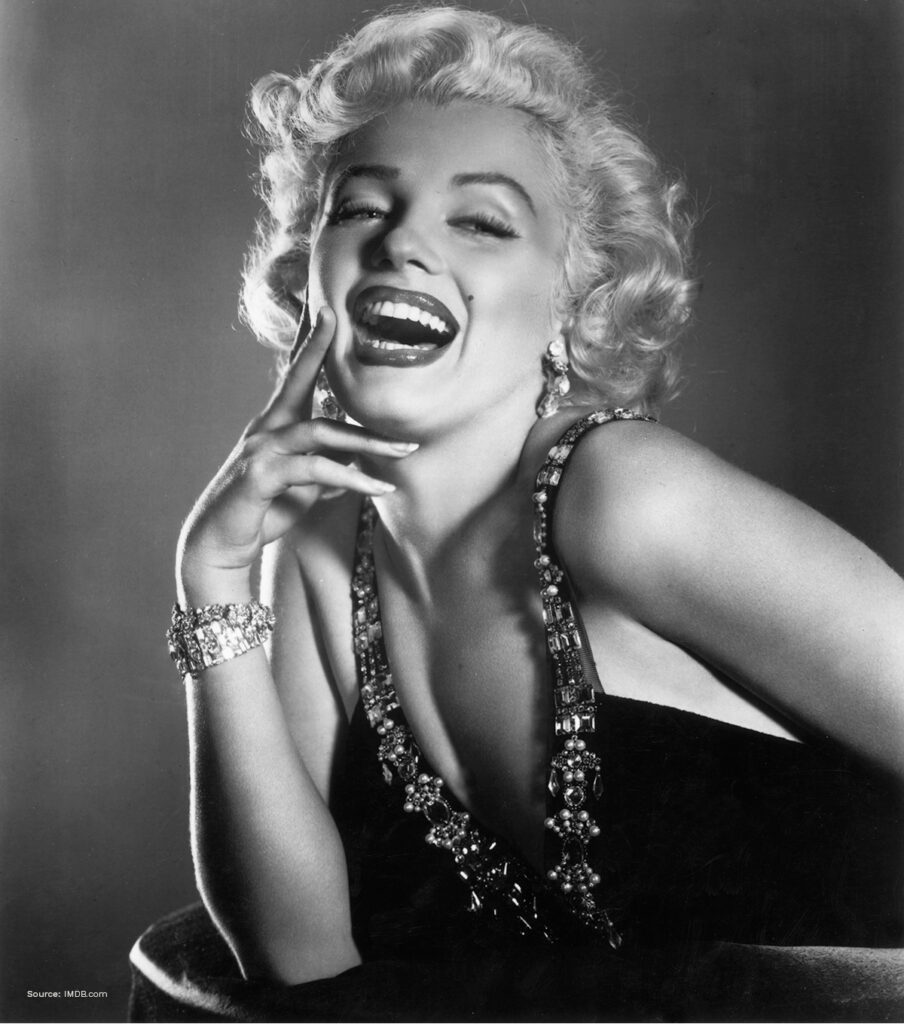
Annie Leibovitz: Her photography often captures candid and genuine smiles of celebrities, reflecting the current era’s appreciation for authenticity and natural beauty.
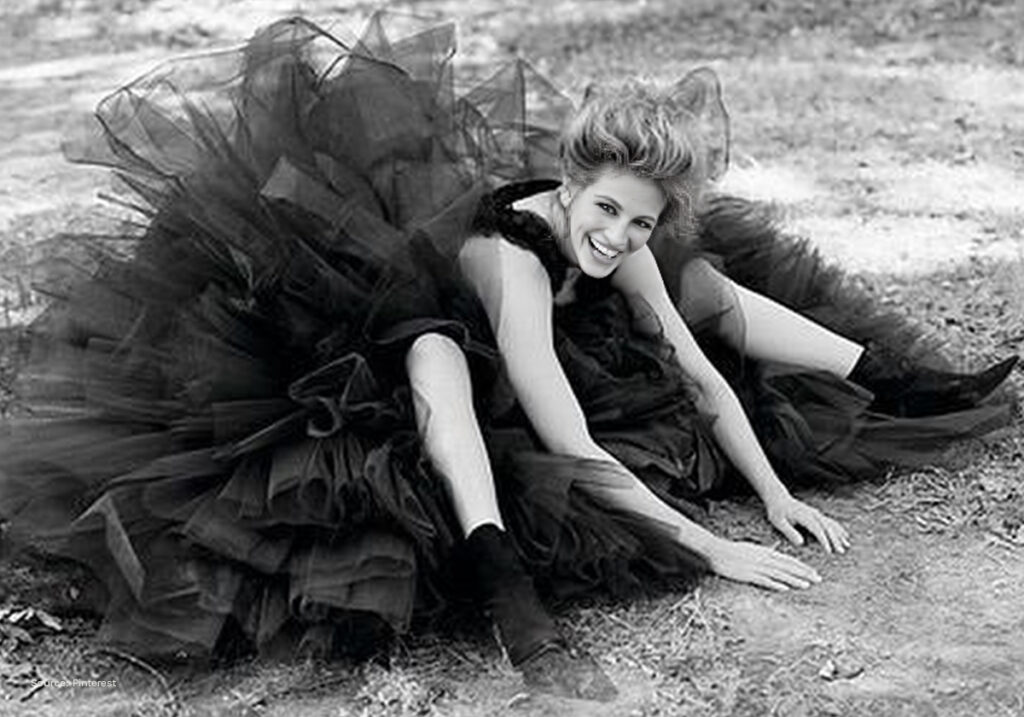
Alex Katz: An American figurative artist, known for his portraits that often feature a flat, cool aesthetic. Some of his works depict subjects with calm, serene smiles, capturing a moment of quiet joy.
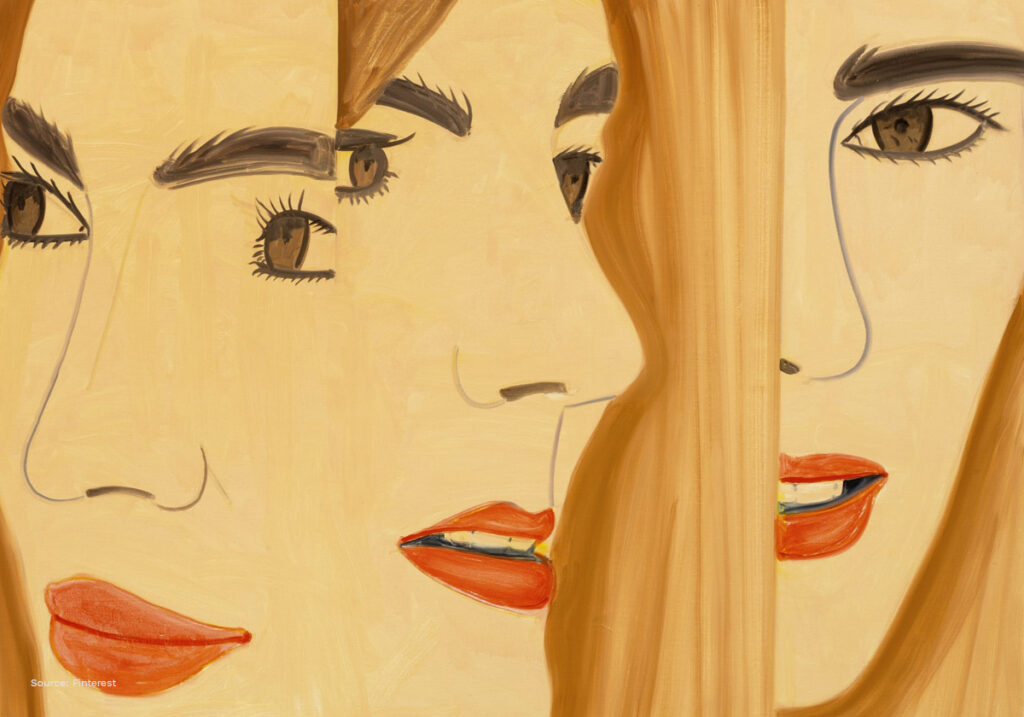
Contemporary Reflections
Today, the smile continues to evolve in art and photography. Modern dental advancements have made healthy, attractive smiles accessible to more people than ever before. Contemporary artists and photographers often use the smile to explore a range of emotions and social Commentaries.
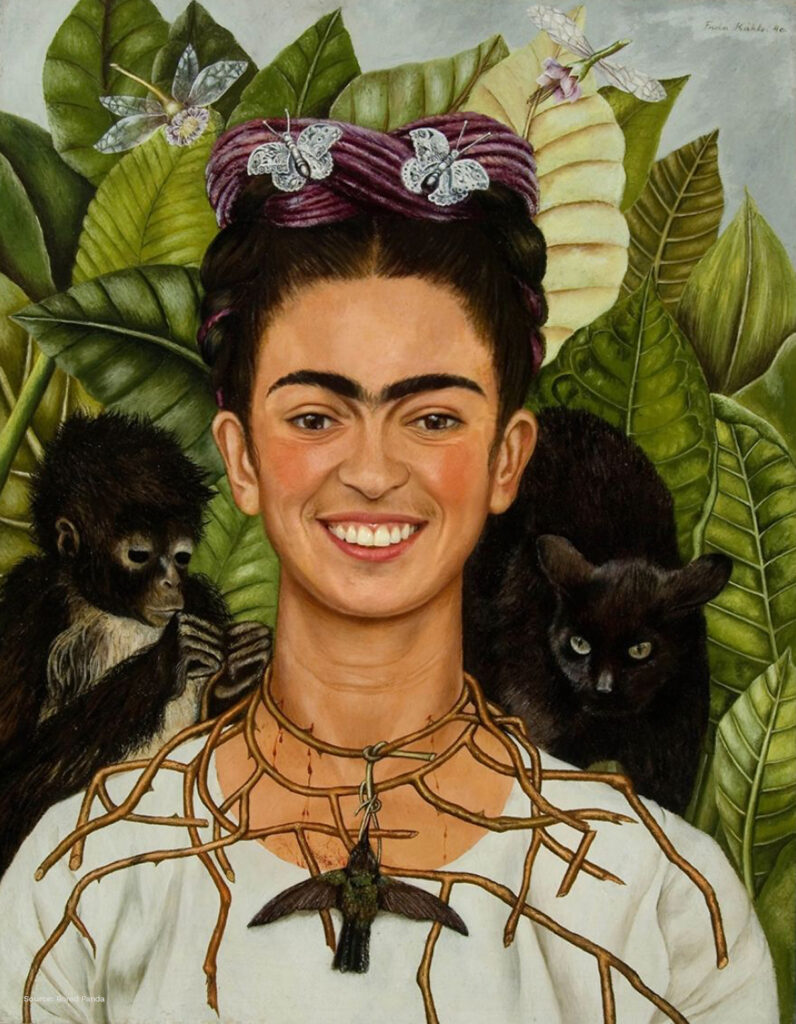
Conclusion
The smile’s portrayal in art and photography offers a window into the cultural and historical attitudes towards beauty, emotion, and dental aesthetics. From the enigmatic smiles of ancient sculptures to the dazzling grins of Hollywood stars, the evolution of the smile reflects not just changes in artistic style but also advancements in dental care and shifting beauty standards.
In our practice, we appreciate the power of a healthy smile and its impact on self-expression and confidence. We’re committed to helping you achieve a smile that’s not just healthy, but also a true reflection of your inner beauty and joy.
And before I let you go, this may put a smile on your face, check it out, highly recommended!
Stay smiling… and keep appreciating the art in everything!
Warm regards,
Dr Sunny

